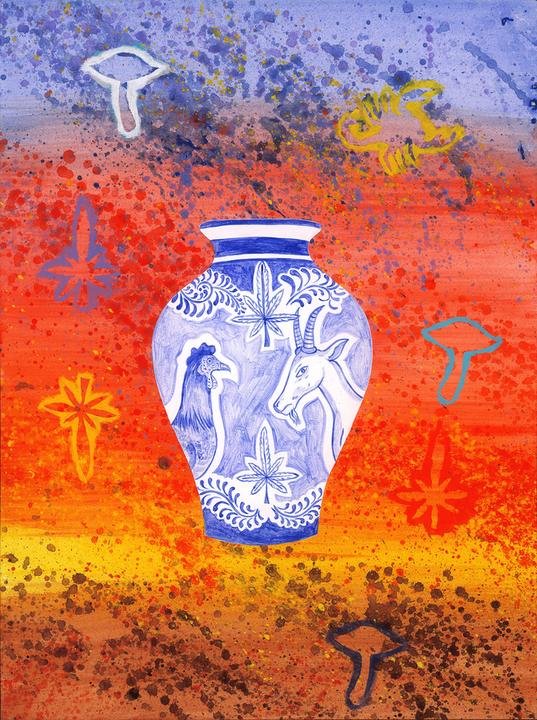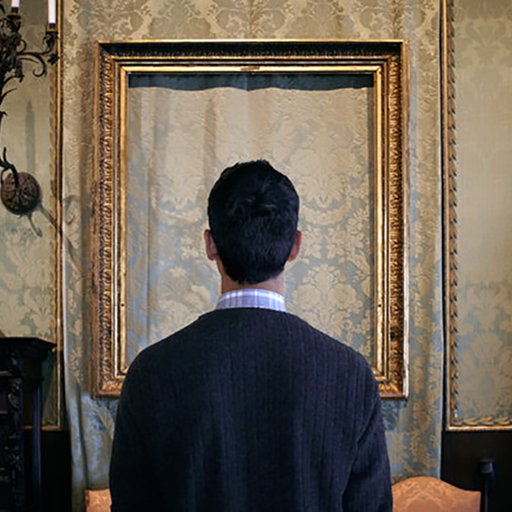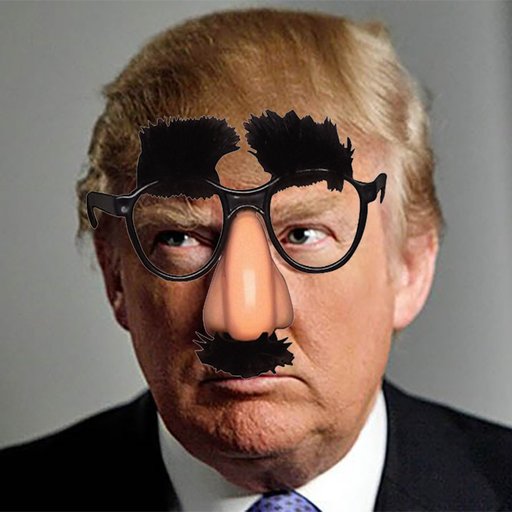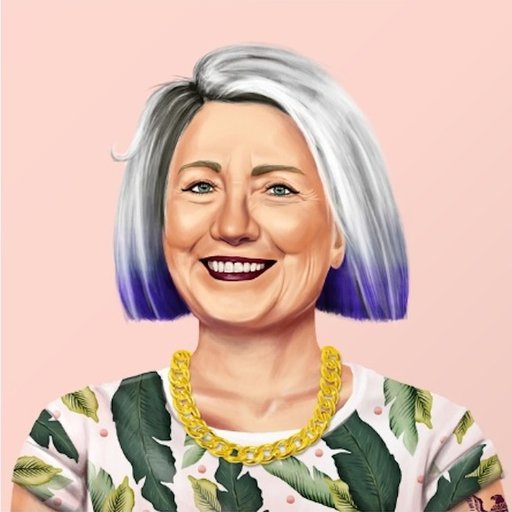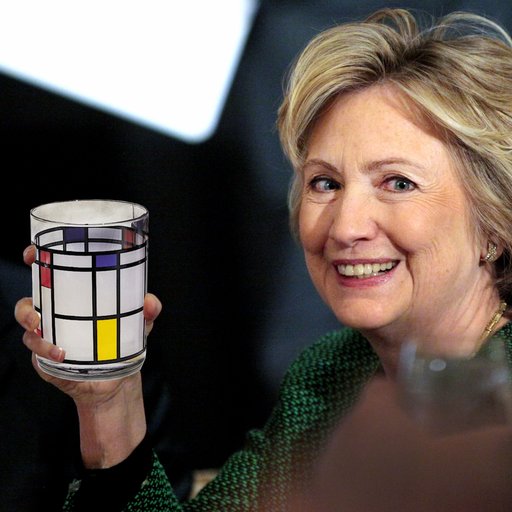Since June 16, 2015, the day when Donald Trump announced his campaign for the United States presidency, and with it, made his first promise to build a wall dividing the US and Mexico, the border has become a symbol of nationalism, xenophobia, and protectionism. But long before Trump’s promises, artists have focused on the region as a site for intervention and as a catalyst for conversations surrounding identity politics, NAFTA and foreign policy, native history, neoliberalism, immigration, migrant labor, and the drug trade. Here, we’ve put together an abbreviated timeline of artists and projects—from the mid ‘80s to today—that offer nuanced perspectives on the politicized region surrounding the border between the US and Mexico.
GUILLERMO GOMEZ-PENA, EMILY HICKS, RICHARD LOU ET AL.
The Border Art Workshop/Taller de Arte Fronterizo (BAW/TAF)
, 1984-present
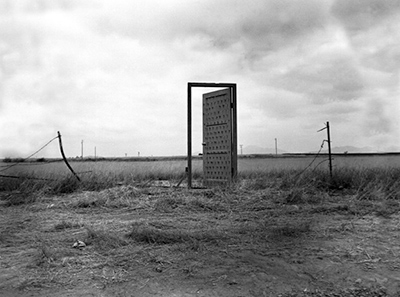 Richard A. Lou,
Border Door
(1988)
Richard A. Lou,
Border Door
(1988)
In the late ‘80s, at a time when the border region began receiving media attention due to the initial NAFTA debates, a bilingual group of Mexican, Mexican-American, and Anglo-American artists working in the San Diego-Tijuana region formed BAW/TAF to address “the social tensions the Mexican-American border creates, while asking us to imagine a world in which this international boundary has been erased.” Following a long and rich history of mostly folk art in the US-Mexico border region, BAW/TAF (which included artists like Guillermo Gomez-Pena and Emily Hicks) were among the first people to make art about border politics. They staged performances and political actions, made videos and installations, and wrote about activist issues. To this day, BAW/TAF continues its mission of art and activism, though its members have changed over the years.
SILVIA GRUNER
The Middle of the Road/La mitad del camino
, 1994

In Northern Mexico, especially in tourist destinations like Tijuana, replicas of pre-Columbian figurines maintain the myth of “otherness” and exoticism that is perhaps more sublimely palpable in the massive pyramids and statues more commonly found in Central Mexico, while also reminding us of displaced cultures and the collective struggle to protect a national history constantly on the brink of erasure. Silvia Gruner’s 1994 installation along the border fence tapped into this complex dynamic; she attached 111 identical figurines depicting Tlazoltéotl, the Aztec goddess of filth and putrefaction, in the midst of childbirth. Stuck forever in-between pregnancy and motherhood, Tlazoltéotl is trapped in a discomforting liminal space, not unlike the border—the liminal space between home and exile, safety and danger, the known and the unknowable.
FRED LONIDIER
N.A.F.T.A. (Not A Fair Trade for All)
, 1990s-ongoing

We
wrote about the political work of Fred Lonidier in our coverage of NADA New York 2017
, where the artist showed works from his “N.A.F.T.A. (Not A Fair Trade for All)” series, which spans 15 years starting in the mid-1990s. The implementation of NAFTA (North American Free Trade Agreement) in the ‘90s allowed the free flow of capital while restricting the flow of immigrants to the US, making labor conditions for Central Americans precarious at best. Lonidier’s series (consisting of photos and overlaid text on panels) focuses on “some of the troubling conditions of Mexicans who work on the maquiladoras,” or US-owned factories in Mexico along the border.
FRANCIS ALŸS
The Loop
, 1997

When Francis Alÿs was invited to participate in an exhibition held within the vicinity of the Tijuana-San Diego border, he used his commission fee to travel from Tijuana to Australia, up the Pacific Rim and through Alaska, Canada, and then the United States to end in San Diego—without ever having to cross the US-Mexico border. In one fell swoop the artist killed two birds with one stone: addressing the extreme difficulties that Mexican citizens face when trying to enter the US, and the excesses of art world travel in the 1990s. An edition of postcards (pictured above) documents his journey.
JAVIER TÉLLEZ
One flew over the Void (Bala perdid)
, 2005

In 2005, a cannonball was shot over the border of Tijuana and San Diego. No, this wasn’t an old-timey act of war, but instead a performative gesture—the cannonball was human. A video entitled
One flew over the Void (Bala perdida)
documents the act, which was the grand finale of a day-long parade organized by Javier Téllez, and underscores the destitution faced by millions of Mexican and Central American workers who illegally cross the border every year in hopes for a chance to live the “American Dream” on the other side of the fence.
EDUARDO SARABIA
Desert Dreams
, 2013
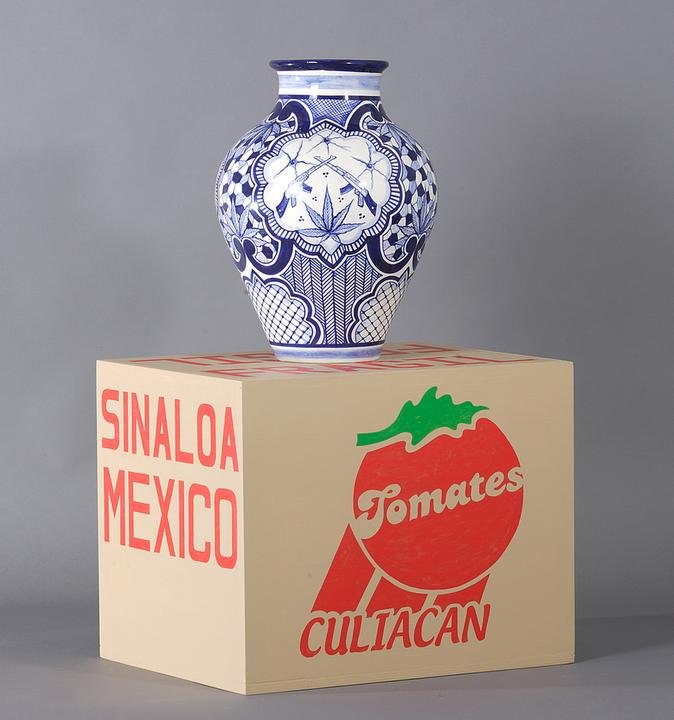
At first glance Sarabia’s series of hand-painted vessels are indistinguishable from the blue-and-white Talavera vases sold as souvenirs to tourists. But with a closer look, modern hieroglyphs of Mexican and Norteño drug culture reveal themselves. (Drugs are often smuggled in Mexican exports such as ceramic vessels.) With humor and wit, Sarabia explores the “entrepreneurial” culture inherent in the border region, where narcotic-trafficking has become as engrained in the local economies as the more traditional pottery marketed to tourists.
POSTCOMMODITY
A Very Long Line
(2016) and
Repellent Fence
(2015)

You may recognize Postcommodity from the collective’s contribution to the Whitney Biennial: a dizzying four-channel video sped up and slowed down in conjunction with sound, tracing the fences that line the US-Mexico border. The installation, titled
A Very Long Line
, demonstrates the "dehumanizing and polarizing constructs of nationalism and globalization through which borders and trade policies have been fabricated.” This isn’t the first time the multidisciplinary collective has tackled the border;
Repellent Fence
(2015), an ephemeral land-art installation comprised of 26 enlarged replicas of an ineffective bird-repellent balloon, hovered 50 feet above a two-mile long stretch of land connecting the US and Mexico. The colors and graphics on the balloons coincidently mimic those used by indigenous peoples of the Americas, rendering the installation a symbolic gesture “demonstrating the interconnectedness of the Western Hemisphere by recognizing the land, indigenous peoples, history, relationships, movement, and communication."
GRISELDA SAN MARTIN
Family Portrait
, 2016

Tijuana-based photographer Griselda San Martin has been documenting the US-Mexico border for the past four years. Her series “The Wall” focuses on a particular stretch of the border fence called “Friendship Park,” where families convene to see their loved ones through the massive metal wall that separates them. In
Family Portrait
, a women named Rosario Vargas stands with her daughter and fifteen-year-old grandson who are both on the US-side of the fence. At the time of this photograph, Rosario and her daughter had been separated by the border wall for almost a year, despite living only a few miles apart. On April 30, 2016, they were one of the few families who were able to reunite for 3 minutes when a door in the fence was opened. Every weekend, they see each other through the metallic fence. San Martin has focused more recently on the Latinx community in the US, and the effects that increasingly xenophobic politics and societal norms have on these communities.
MARCO RAMIREZ
DeLIMITations
, 2014

Marco Ramirez’s “DeLIMITations: A Survey of the 1821 United States-Mexico Border” tackles the Mexico-US border as its subject, albeit a much different, more porous border than the one we know today. The Tijuana-based artist also known as ERRE drove along the boundary according to an 1821 map, periodically unloading aluminum obelisks reminiscent of those placed by the International Boundary Commission in the 1850s. His route included skidding along the now-border between California and Oregon, the northern state borders of Nevada and Utah, and a cross-cut through Colorado and Texas. “I like to think we have restored the old border,” Ramirez had said about the project. From his perspective as a Mexican citizen, the border is “a scar, a wound that won’t heal.” Ramirez created this project well before the election, but if he ever did a revamp, we hope he makes his slogan "Make America Mexico Again."
TANYA ANGUIÑIGA
AMBOS (Art Made Between Opposite Sides)
, 2016

For one month in 2016, a group of artists (spearheaded by Tanya Anguiñiga) repurposed a vacant storefront in the US-Mexico border crossing in San Ysidro, using it as an international hub for artistic collaboration. A series of projects unfolded, including Aguiñiga’s
Quipu Fronterizo
, in which the artist asked border commuters to tie knots in threads. The artist then turned the knotted threads into a
quipu
, or knot-record, which was used by the Incas and other ancient Andean societies as way to keep records and communicate data. The large-scale quipu, displayed on the billboard above AMBOS’ storefront, “materializes our connection to one another as a community and makes our presence and experiences visible to bi-national audiences.”
[related-works-module]













